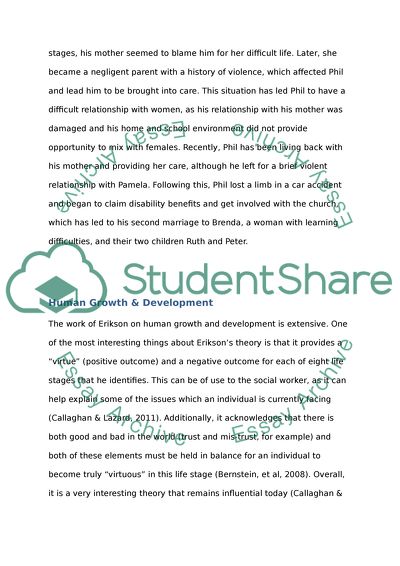Cite this document
(“Human Growth and Development Essay Example | Topics and Well Written Essays - 2000 words - 1”, n.d.)
Human Growth and Development Essay Example | Topics and Well Written Essays - 2000 words - 1. Retrieved from https://studentshare.org/psychology/1474890-human-growth-and-development
Human Growth and Development Essay Example | Topics and Well Written Essays - 2000 words - 1. Retrieved from https://studentshare.org/psychology/1474890-human-growth-and-development
(Human Growth and Development Essay Example | Topics and Well Written Essays - 2000 Words - 1)
Human Growth and Development Essay Example | Topics and Well Written Essays - 2000 Words - 1. https://studentshare.org/psychology/1474890-human-growth-and-development.
Human Growth and Development Essay Example | Topics and Well Written Essays - 2000 Words - 1. https://studentshare.org/psychology/1474890-human-growth-and-development.
“Human Growth and Development Essay Example | Topics and Well Written Essays - 2000 Words - 1”, n.d. https://studentshare.org/psychology/1474890-human-growth-and-development.


